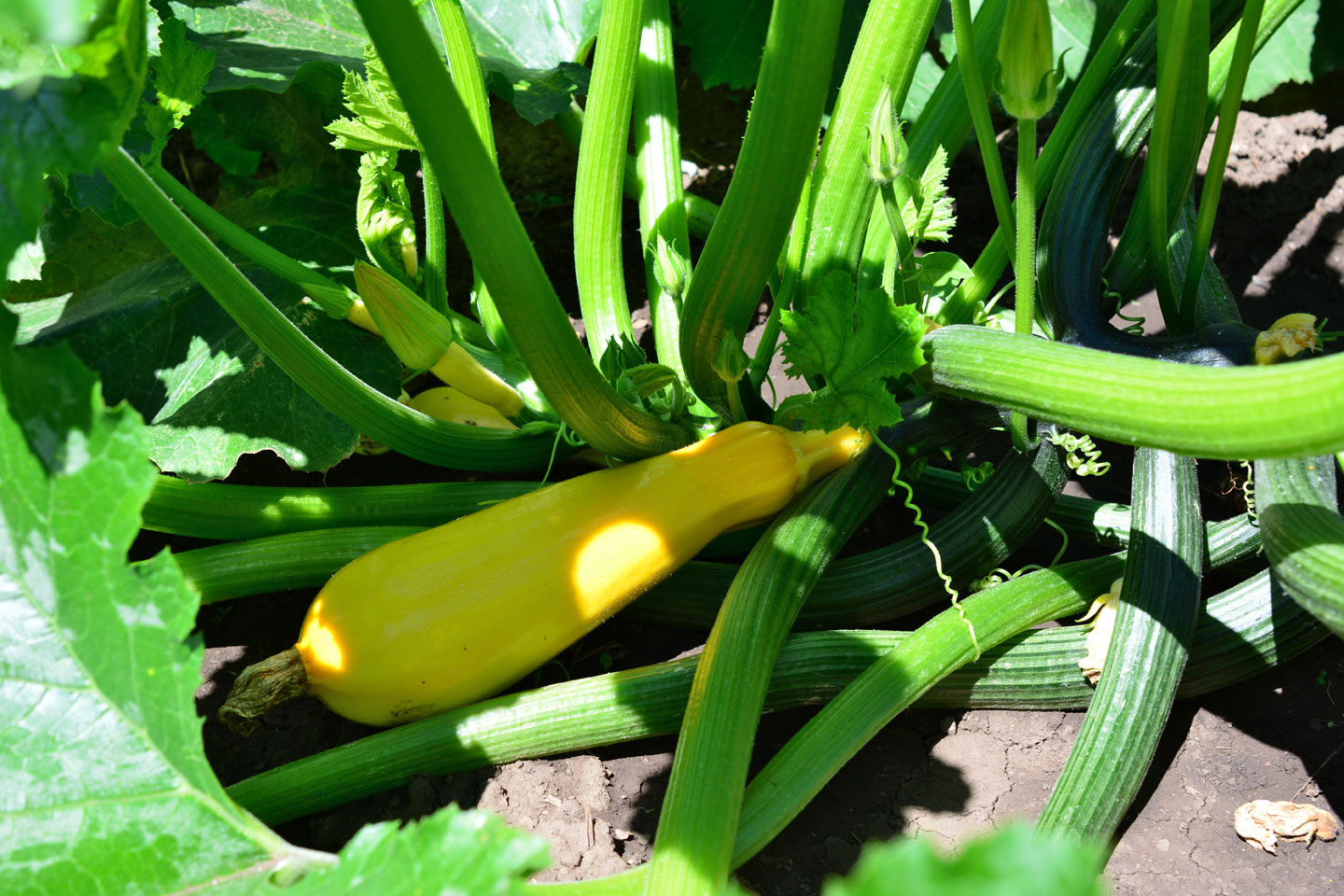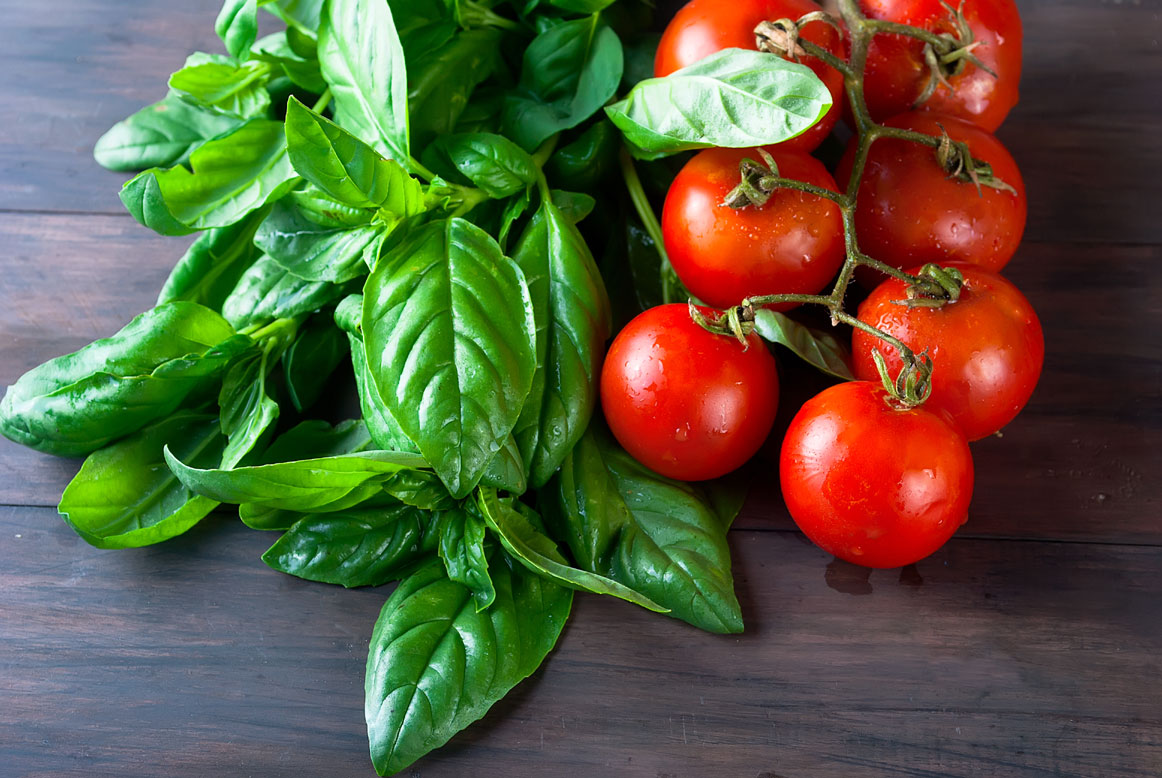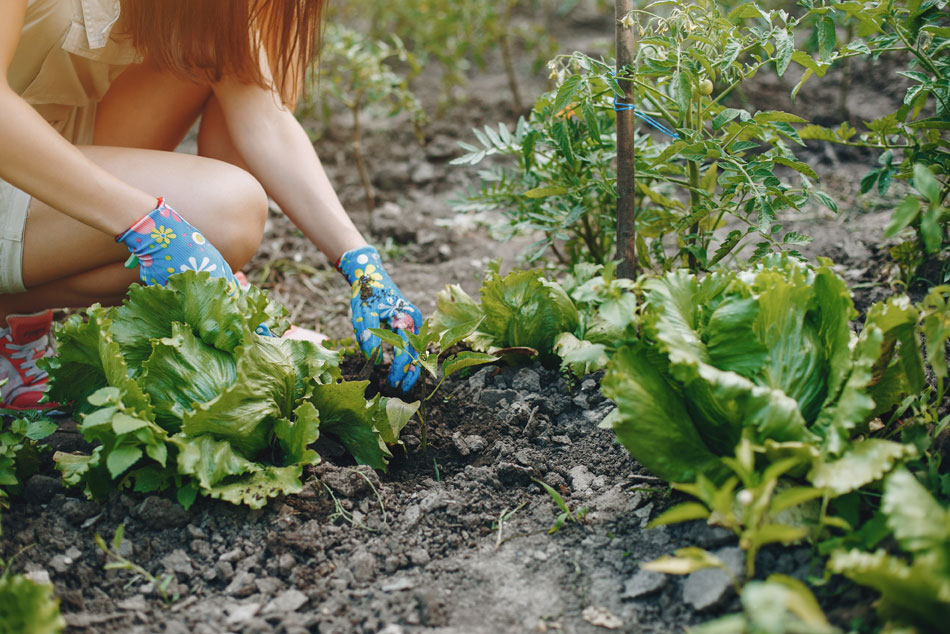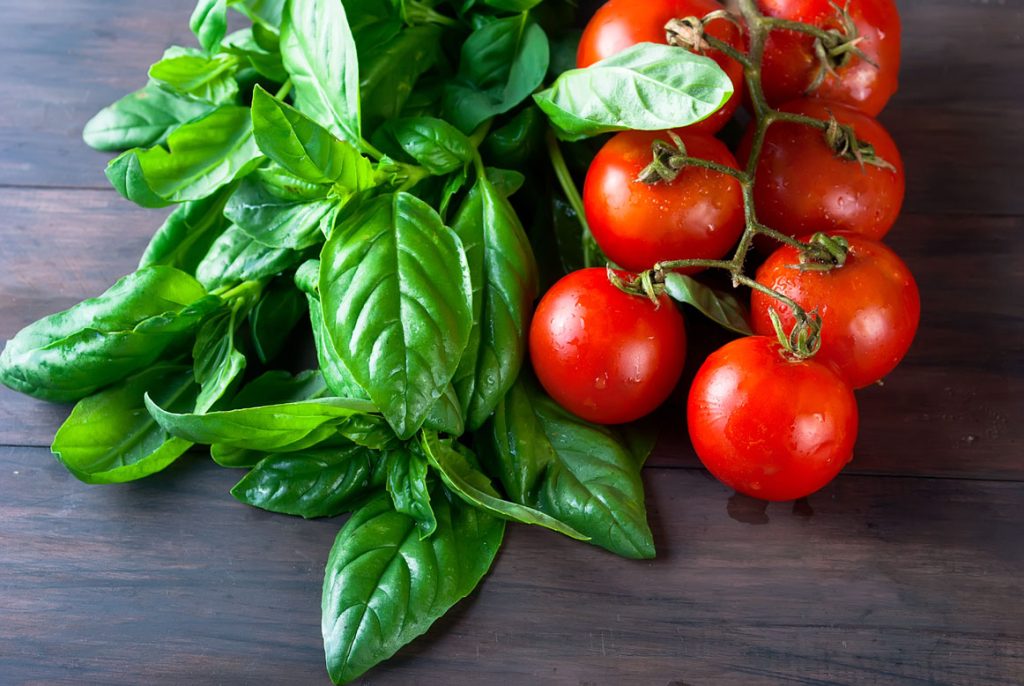Companion planting is a gardening technique that involves placing specific plants near each other to boost growth, deter pests, and improve yields. It’s an age-old practice rooted in observation and tradition, and many home gardeners still rely on it today. Understanding which vegetables thrive together can lead to a healthier, more productive garden with fewer chemical interventions.
One classic example of companion planting is the “Three Sisters” method, traditionally used by Native American cultures. This trio consists of corn, beans, and squash. The corn provides a natural pole for the beans to climb, the beans fix nitrogen into the soil to nourish all three plants, and the broad leaves of the squash shade the ground to retain moisture and suppress weeds. This is a perfect demonstration of how different plants can work in harmony to support each other’s growth.

Here’s a unique, easy-to-understand companion planting chart that groups vegetables by compatibility and highlights why they grow well together:
🌱 Vegetable Companion Planting Chart
| Vegetables | Best Companions | Why They Work Well Together |
|---|---|---|
| Tomatoes | Basil, Carrots, Onions, Lettuce | Basil repels pests, carrots aerate soil, lettuce uses shade. |
| Carrots | Onions, Leeks, Tomatoes, Peas | Onions deter carrot flies, peas fix nitrogen. |
| Corn | Beans, Squash, Cucumbers | Beans fix nitrogen, squash shades soil, cucumbers climb corn. |
| Beans | Corn, Cucumbers, Radishes | Corn provides structure, radishes loosen soil. |
| Lettuce | Carrots, Beets, Radishes, Strawberries | Grows well in shade of taller plants, avoids competition. |
| Cucumber | Beans, Peas, Lettuce, Sunflowers | Peas/beans fix nitrogen, sunflowers provide natural trellis. |
| Peppers | Basil, Onions, Carrots, Spinach | Basil deters pests, spinach shades the roots. |
| Onions | Carrots, Beets, Lettuce, Cabbage | Strong scent deters pests like aphids and carrot flies. |
| Radishes | Cucumbers, Lettuce, Spinach, Peas | Mature quickly, break up soil, deter pests. |
| Spinach | Strawberries, Radishes, Peas, Cauliflower | Grows in cool shade, improves moisture retention. |
Vegetable squash companion planting chart
Press and hold to save the photo to your phone for reference.

💡 Quick Tips:
- Avoid planting onions or garlic near beans and peas – they can inhibit growth.
- Tomatoes and potatoes should not be planted near each other due to shared pests and diseases.
- Use flowers like marigolds or nasturtiums around the border to attract beneficial insects and repel pests.
Another helpful pair is tomatoes and basil. Not only do they taste great together in recipes, but planting basil near tomatoes can help repel pests like aphids and tomato hornworms. Similarly, carrots and onions make a great team because the strong smell of onions can deter carrot flies, while carrots help break up the soil, allowing onions to develop better.

Leafy greens like lettuce benefit from the shade provided by taller plants like cucumbers or corn. The lettuce stays cool and crisp in the shade, especially in warmer climates, which can prevent it from bolting (going to seed too quickly). Radishes can also be sown alongside cucumbers or squash, as they mature quickly and can help loosen the soil early in the growing season for slower-growing plants.

However, not all plants make good neighbors. For instance, beans should not be planted near onions or garlic, as these can stunt the beans’ growth. Likewise, potatoes and tomatoes, though related, are best kept apart due to their vulnerability to the same pests and diseases, which can spread more easily when they’re close together.
In conclusion, companion planting is a simple yet powerful way to improve your vegetable garden’s health and productivity. By pairing compatible plants, you can reduce pest problems, enhance soil fertility, and make the most of your garden space. Whether you’re growing a few herbs on your balcony or managing a large backyard plot, thoughtful planting combinations can make all the difference.



